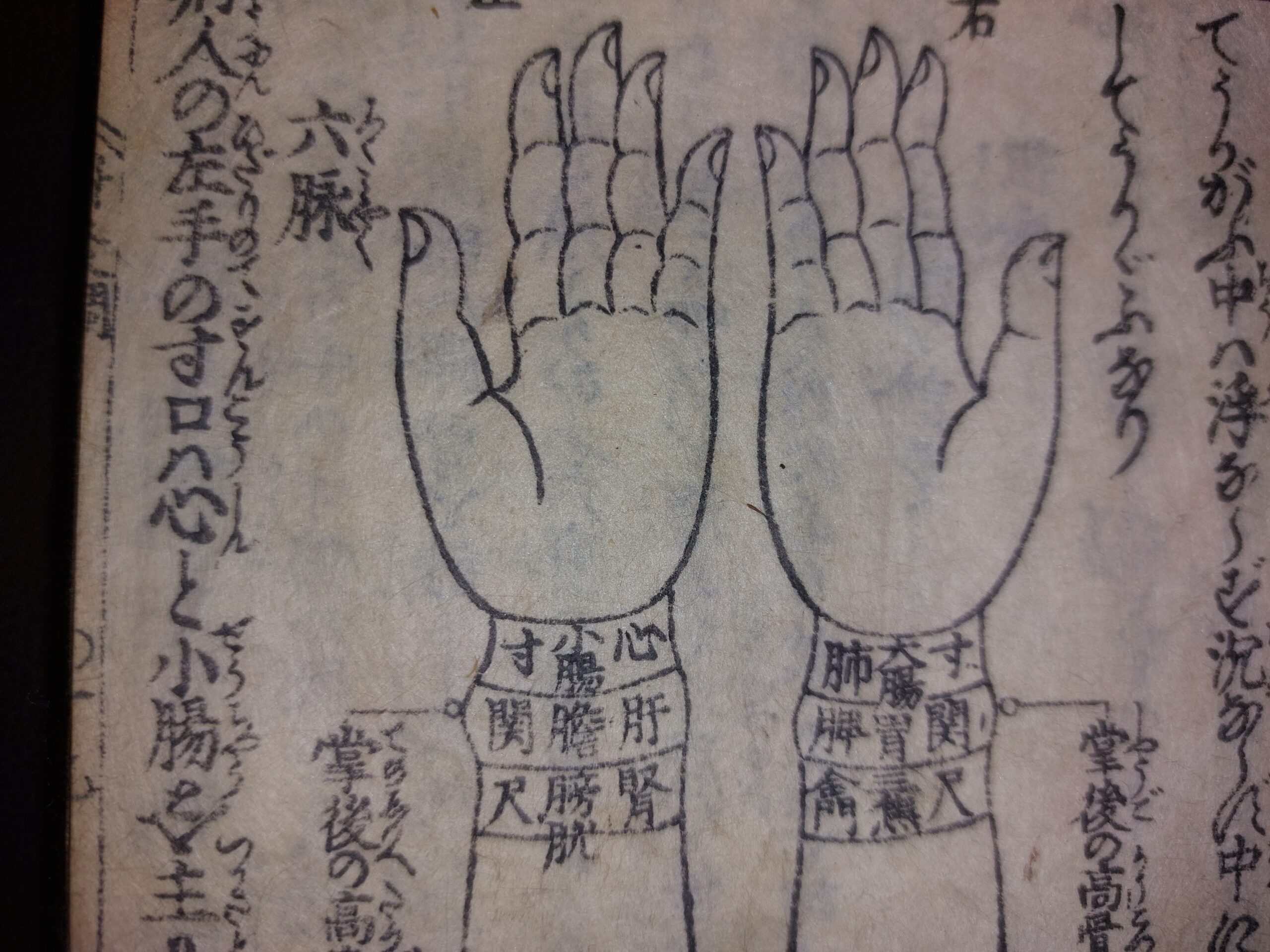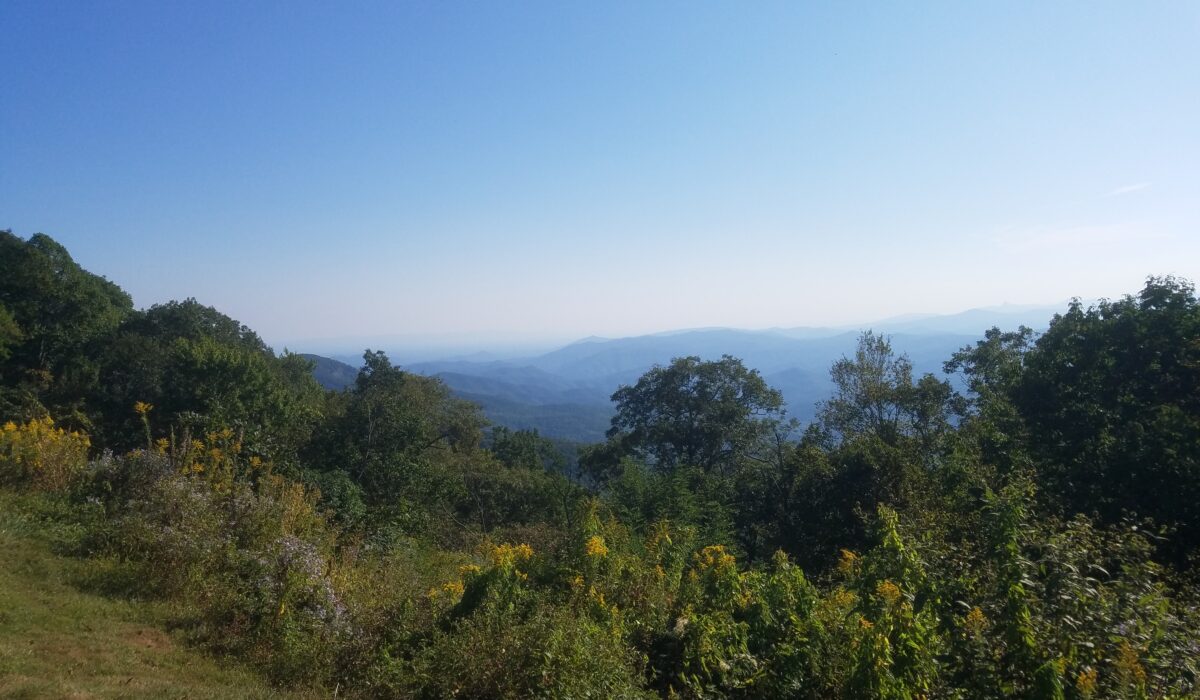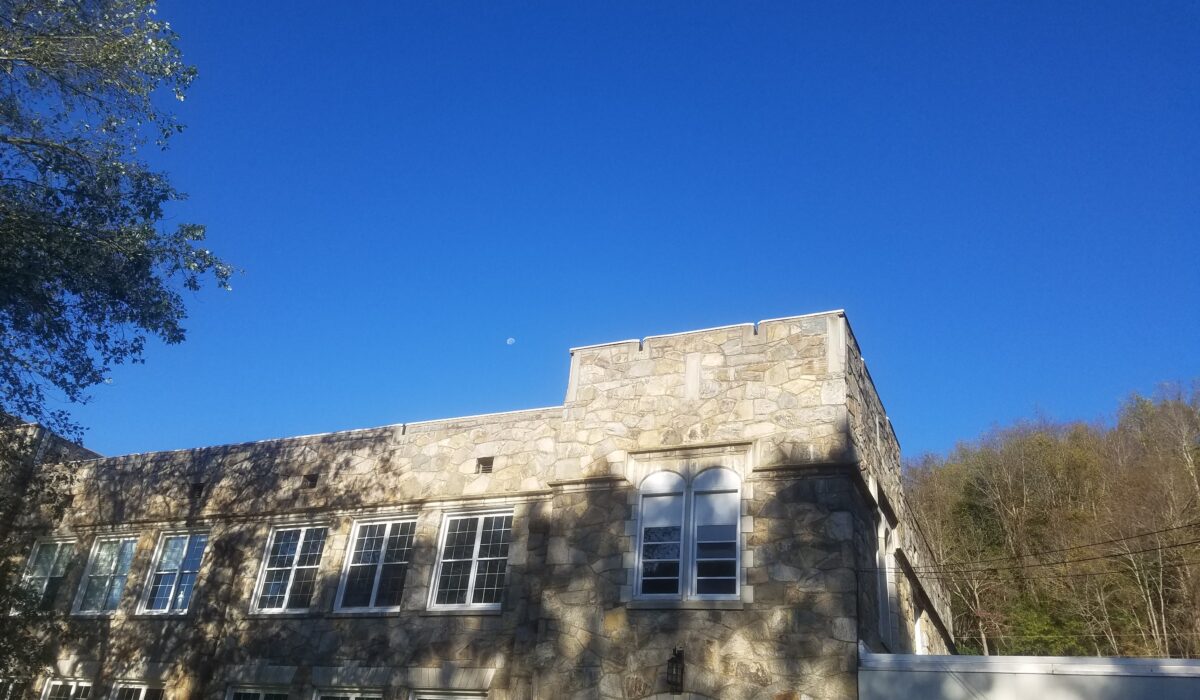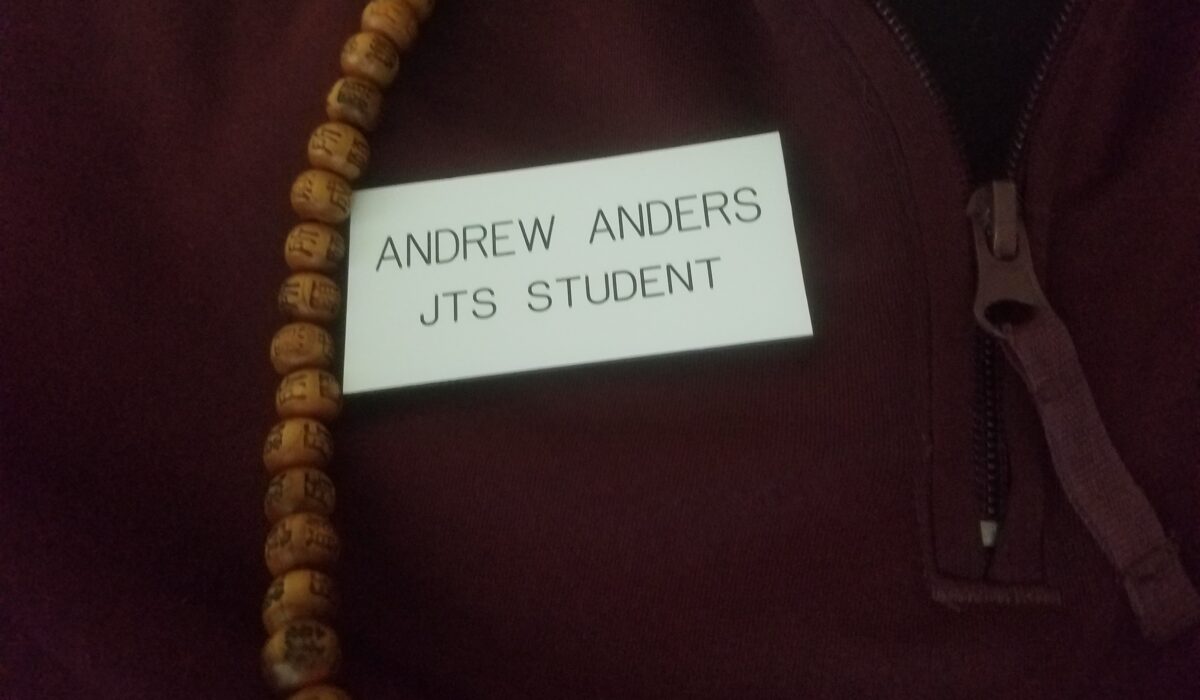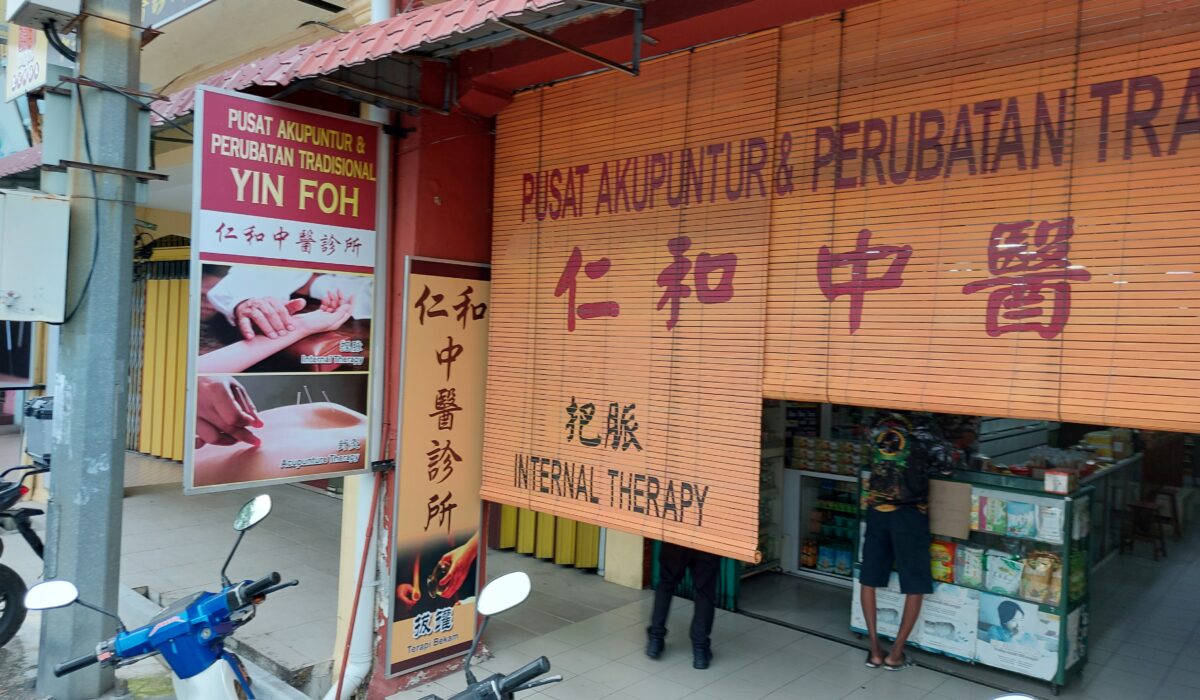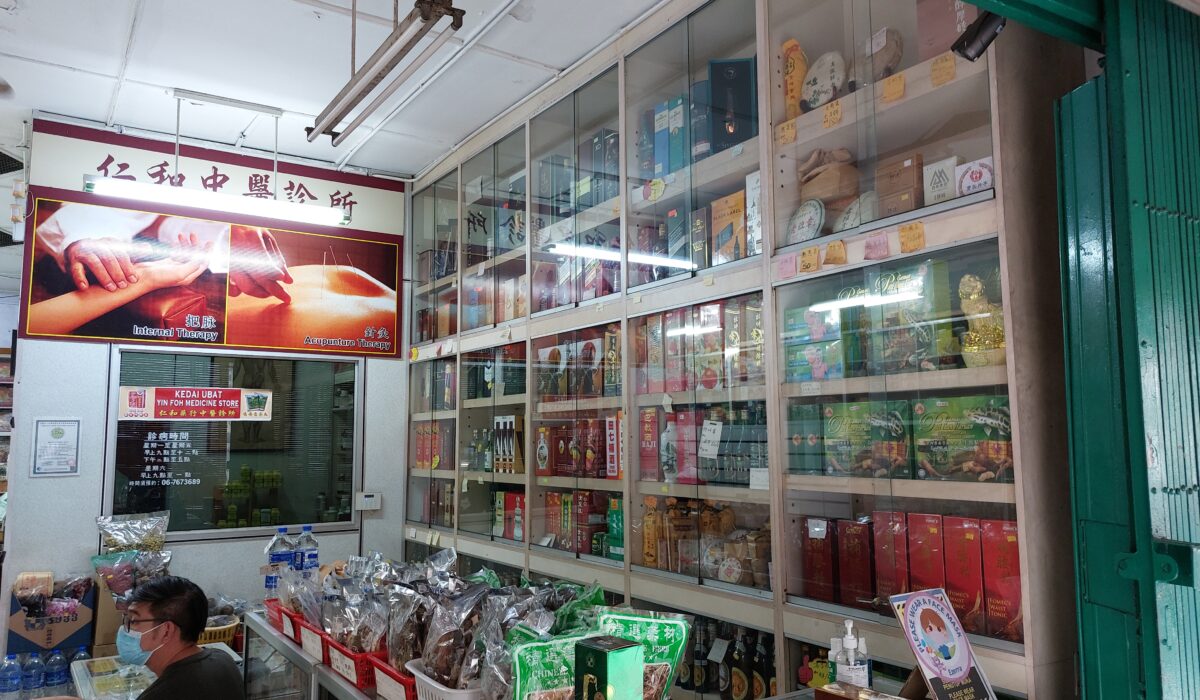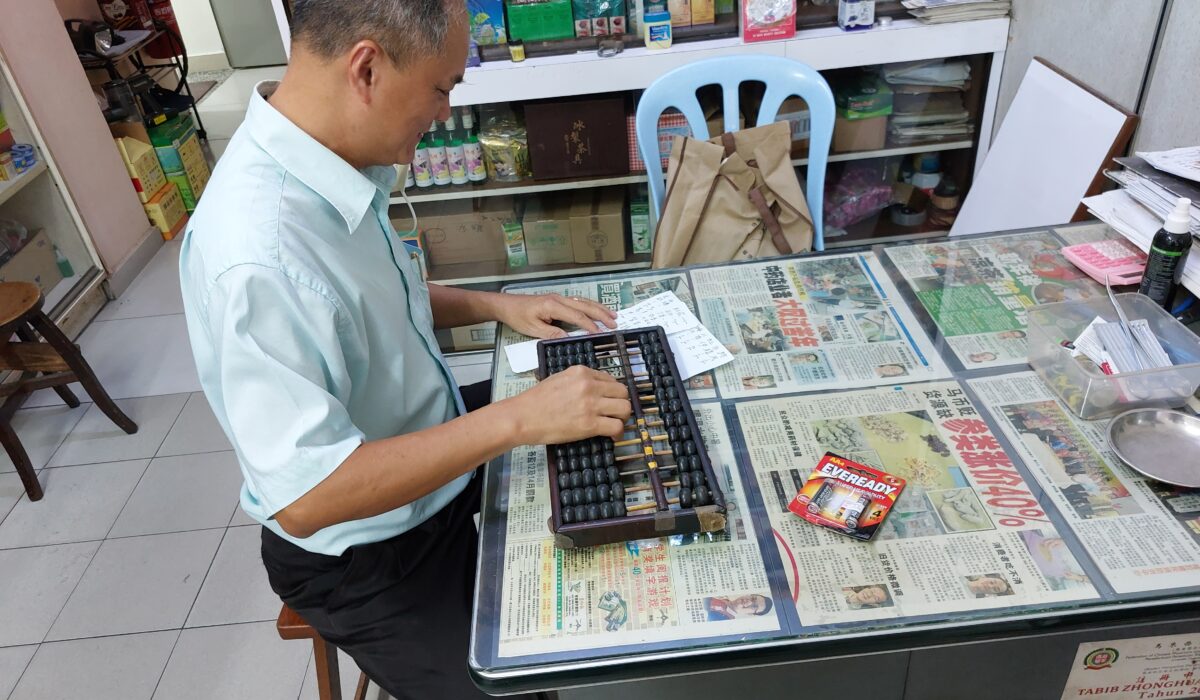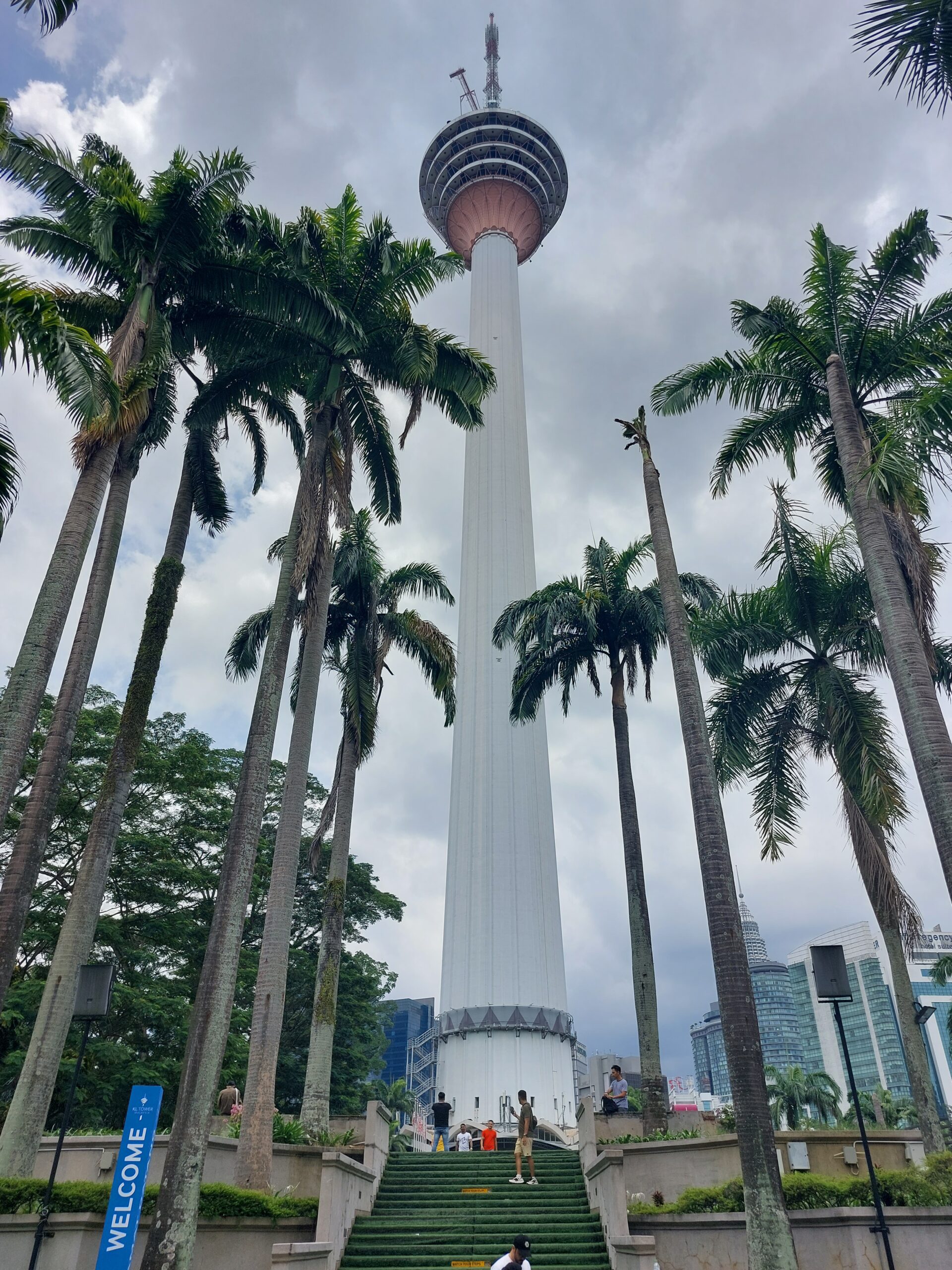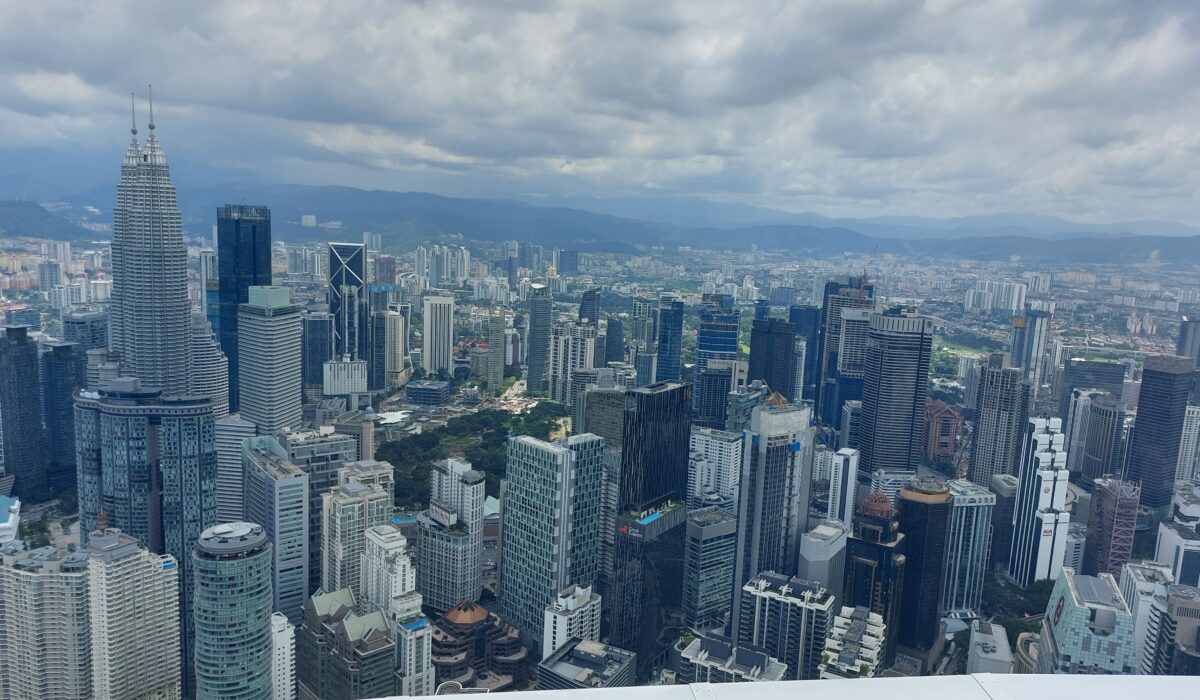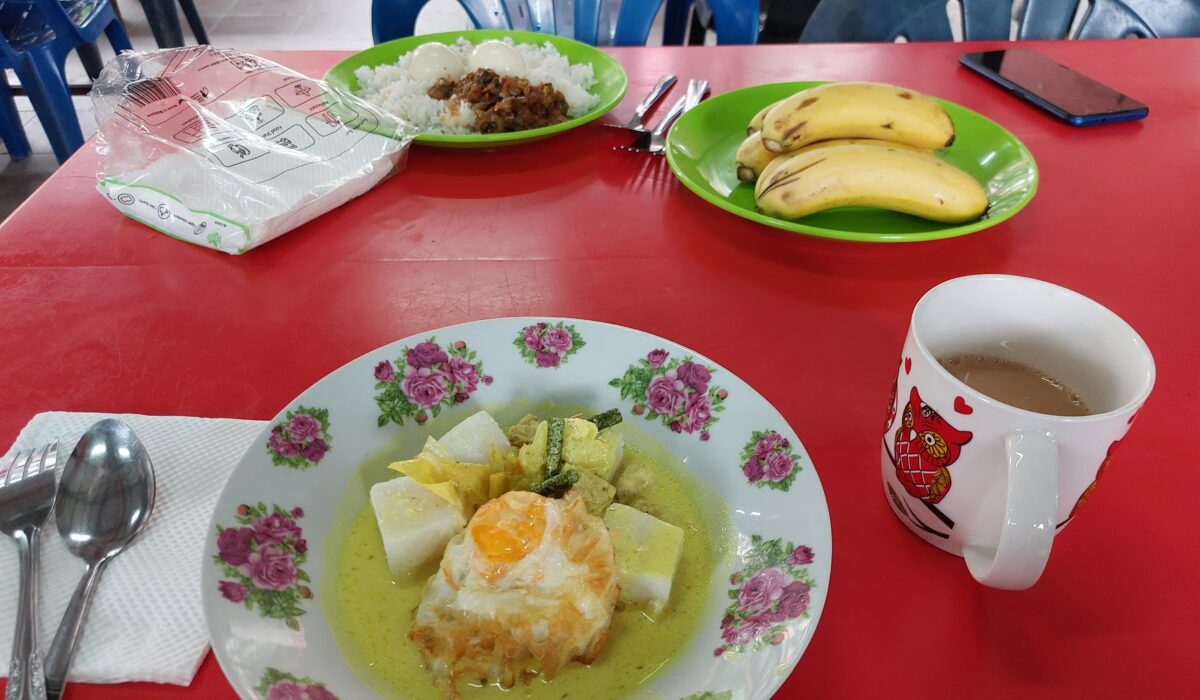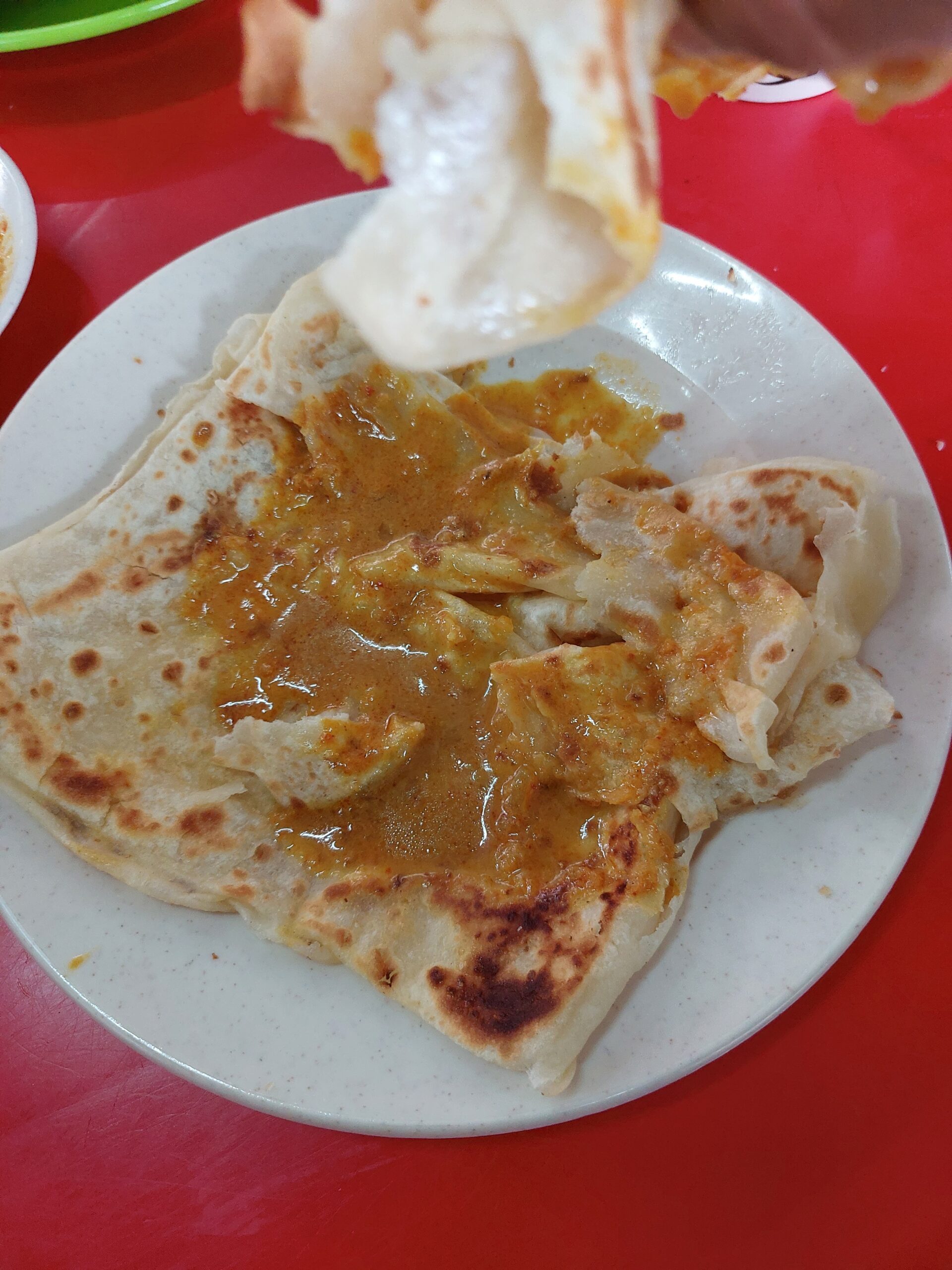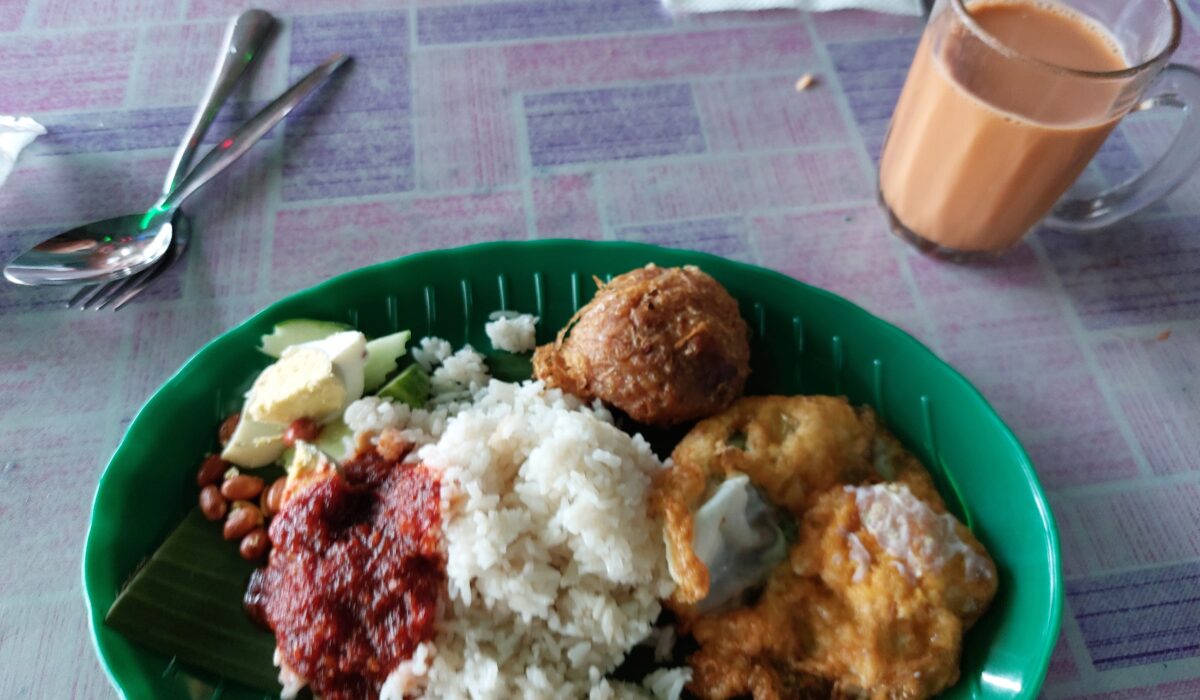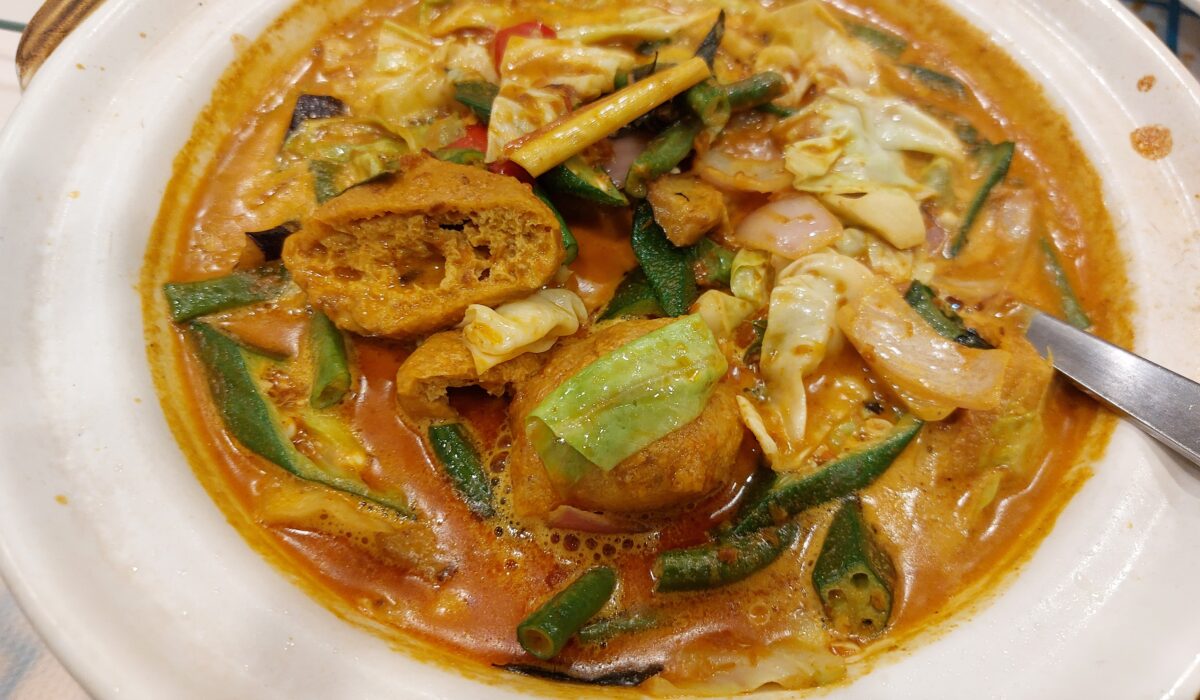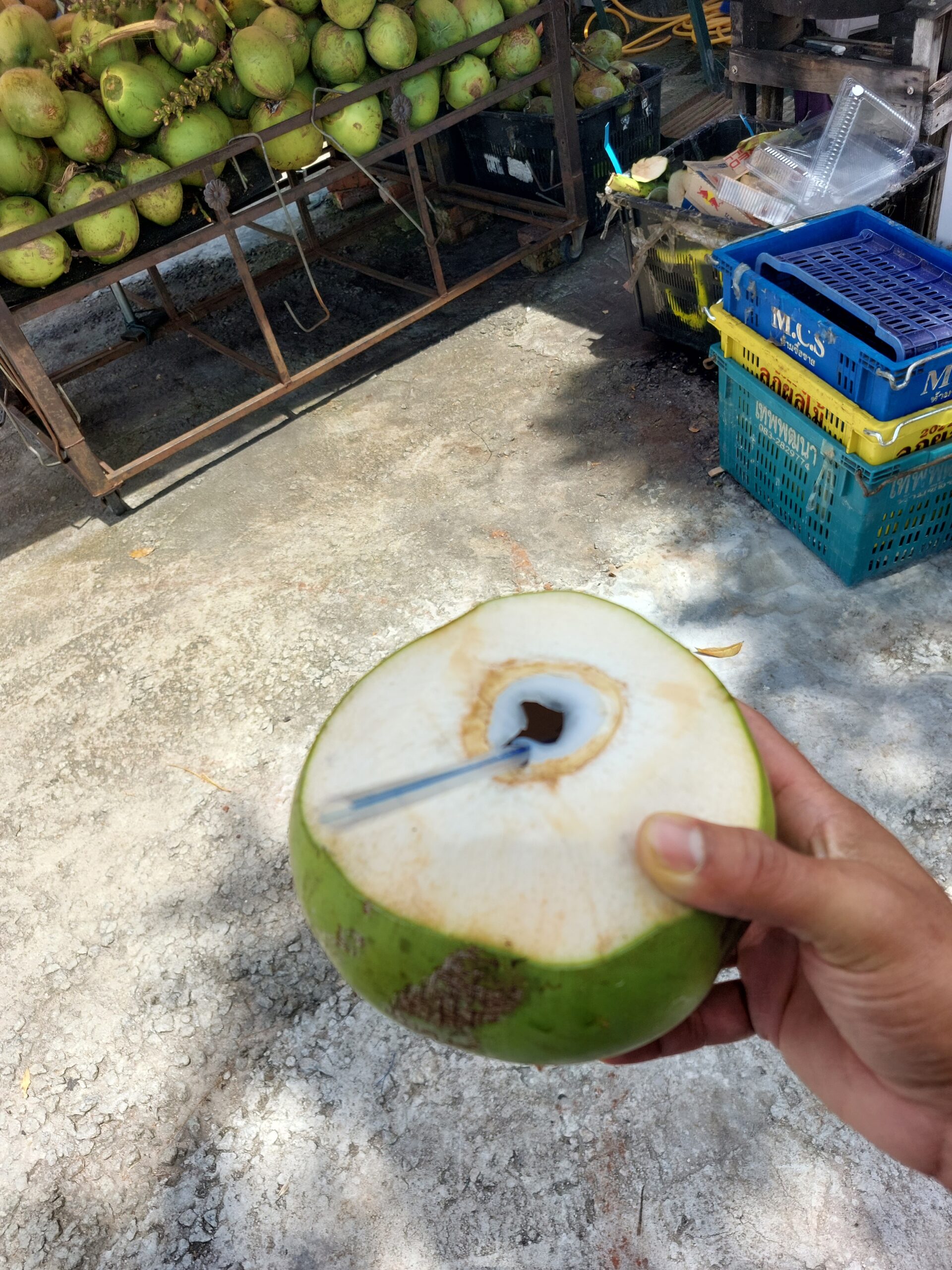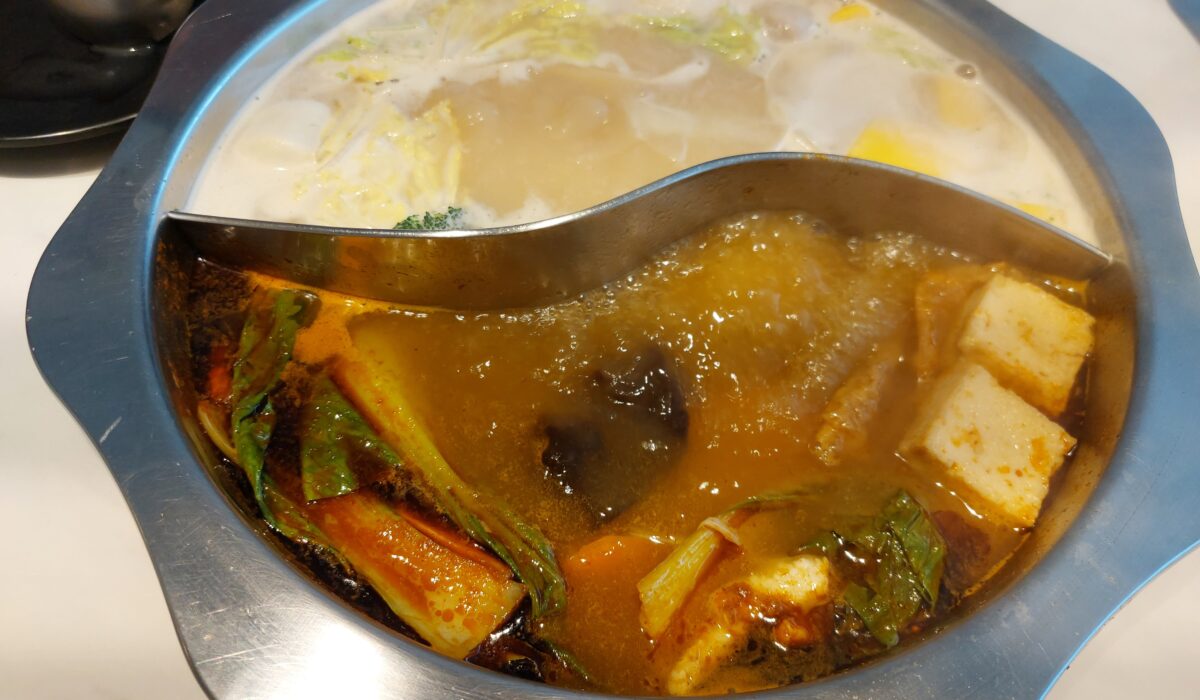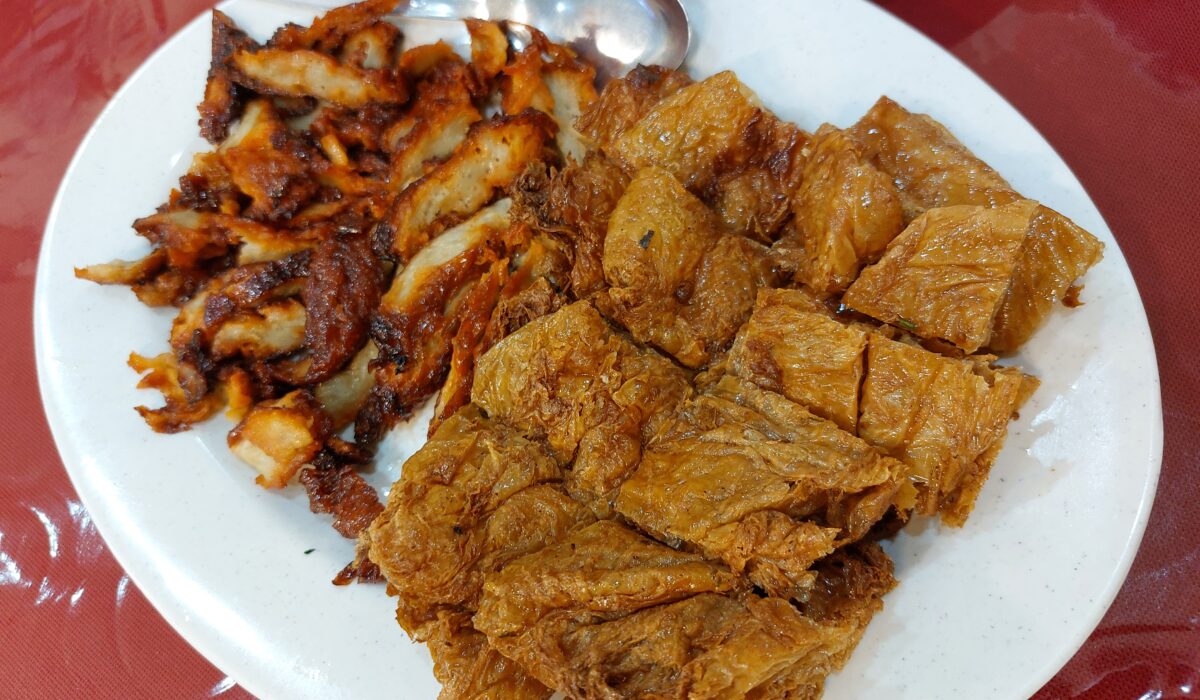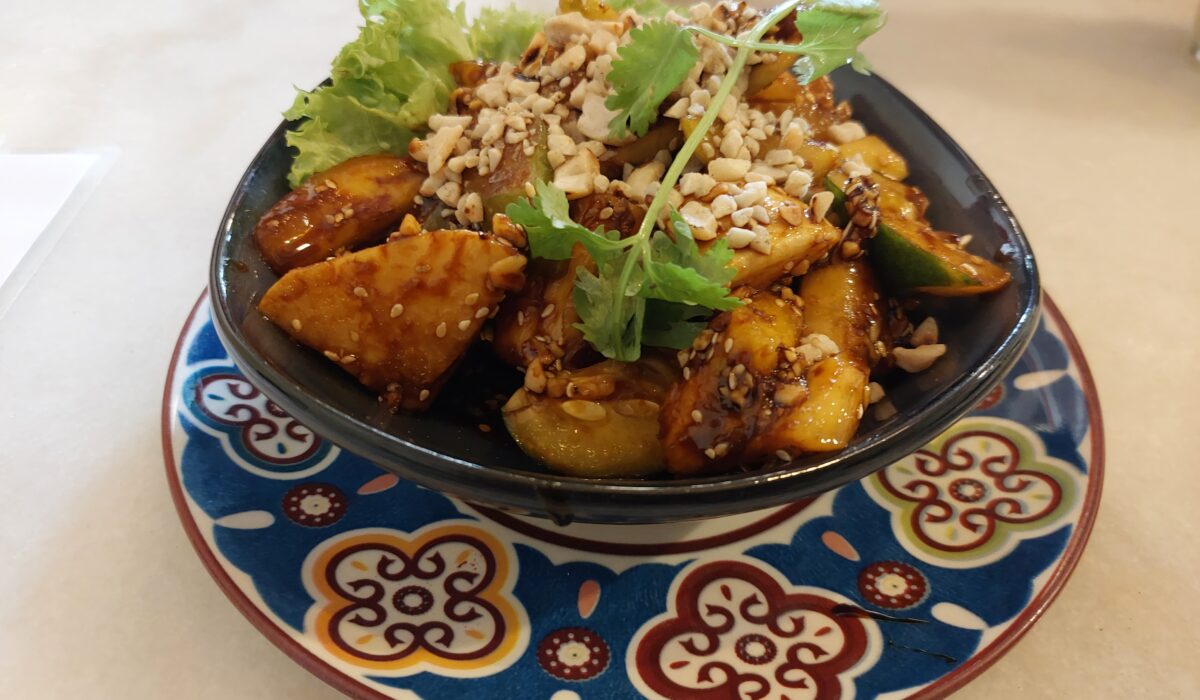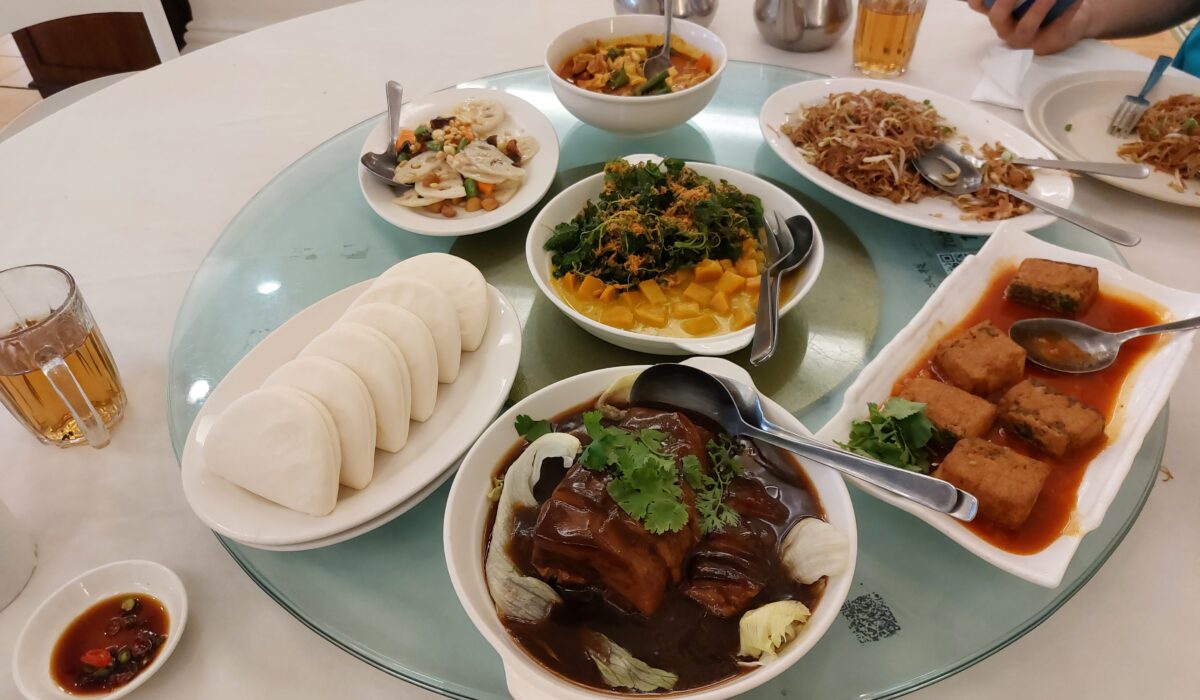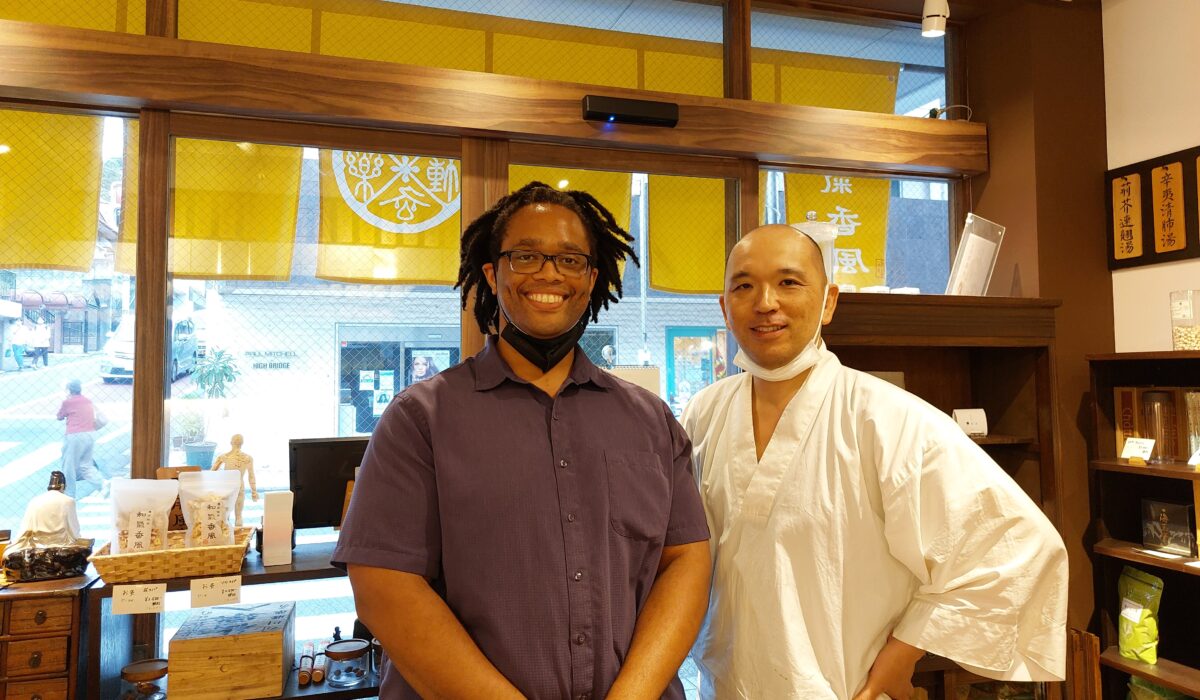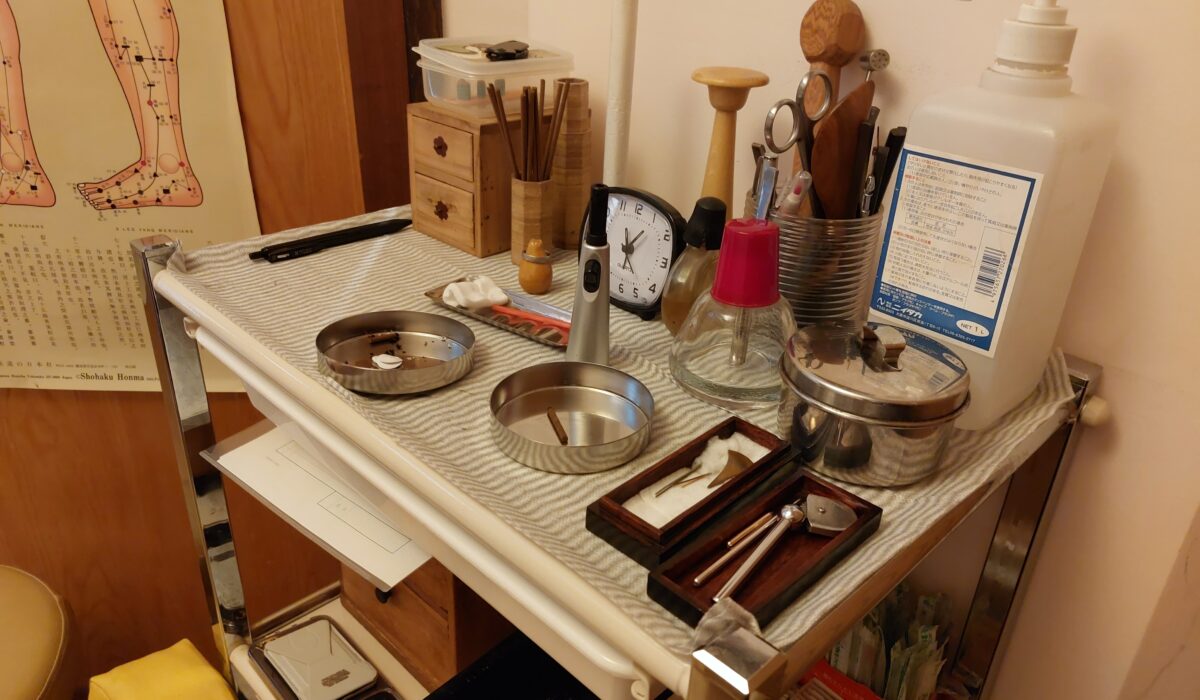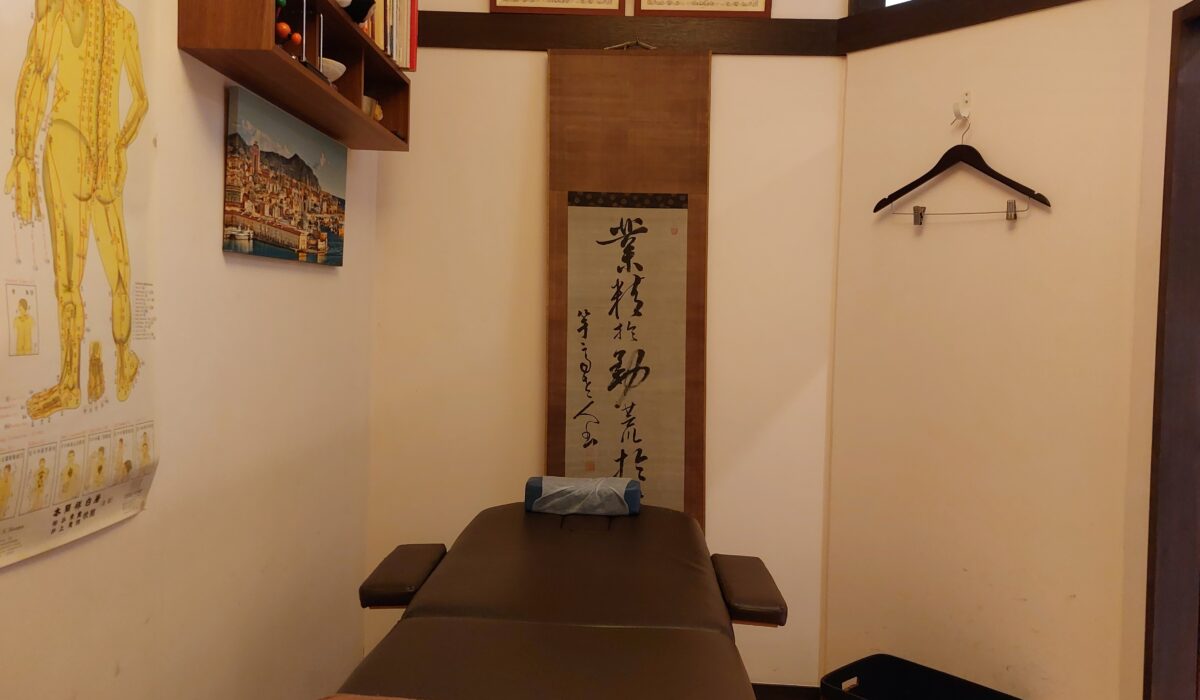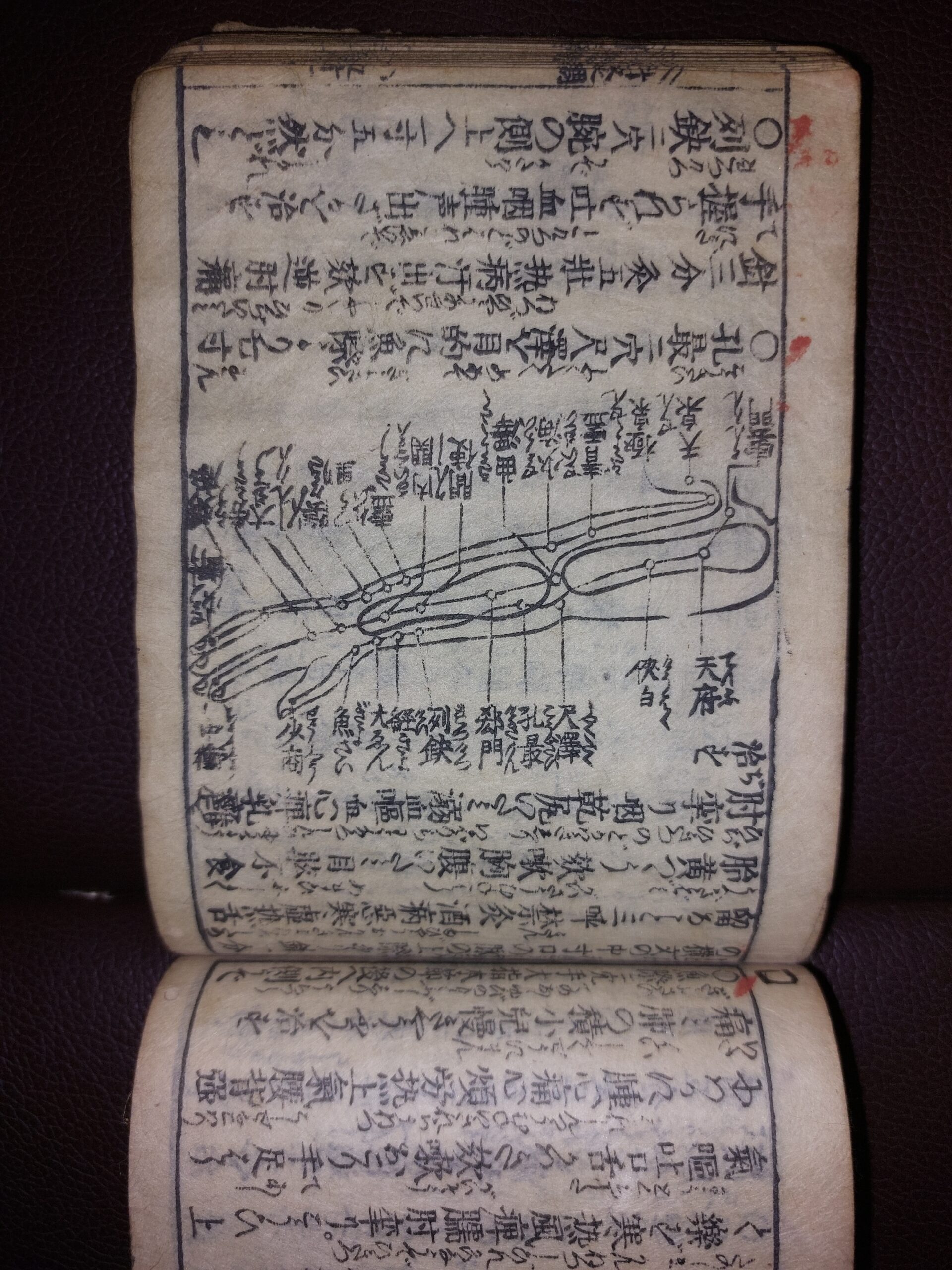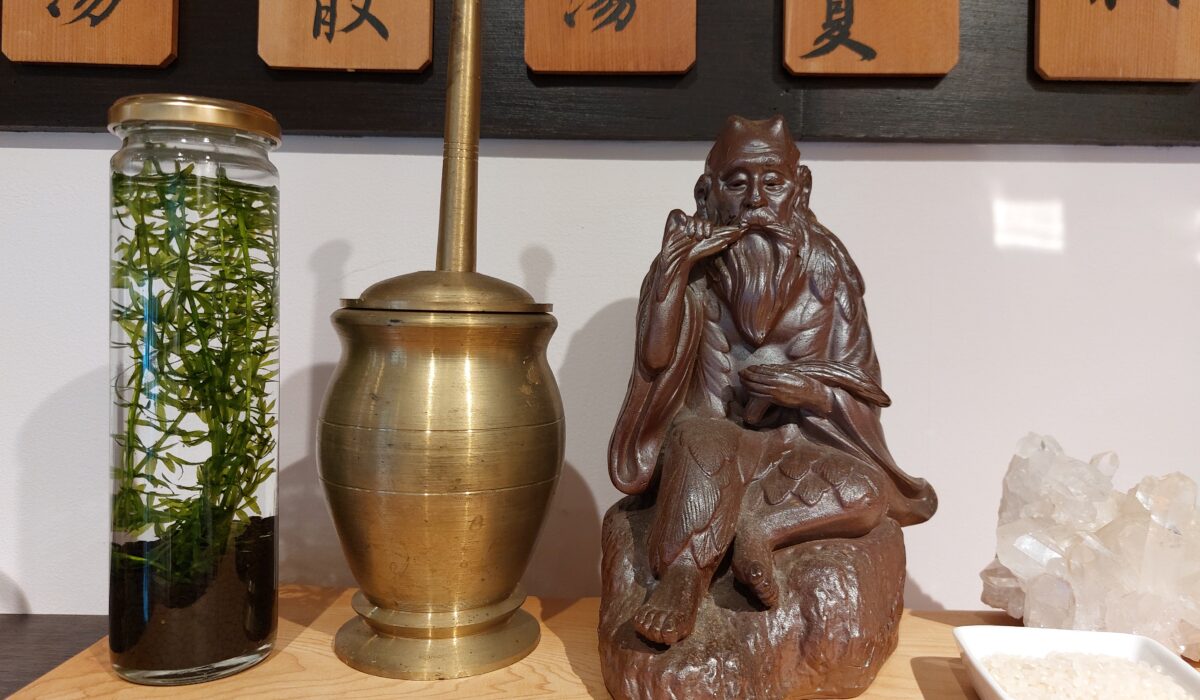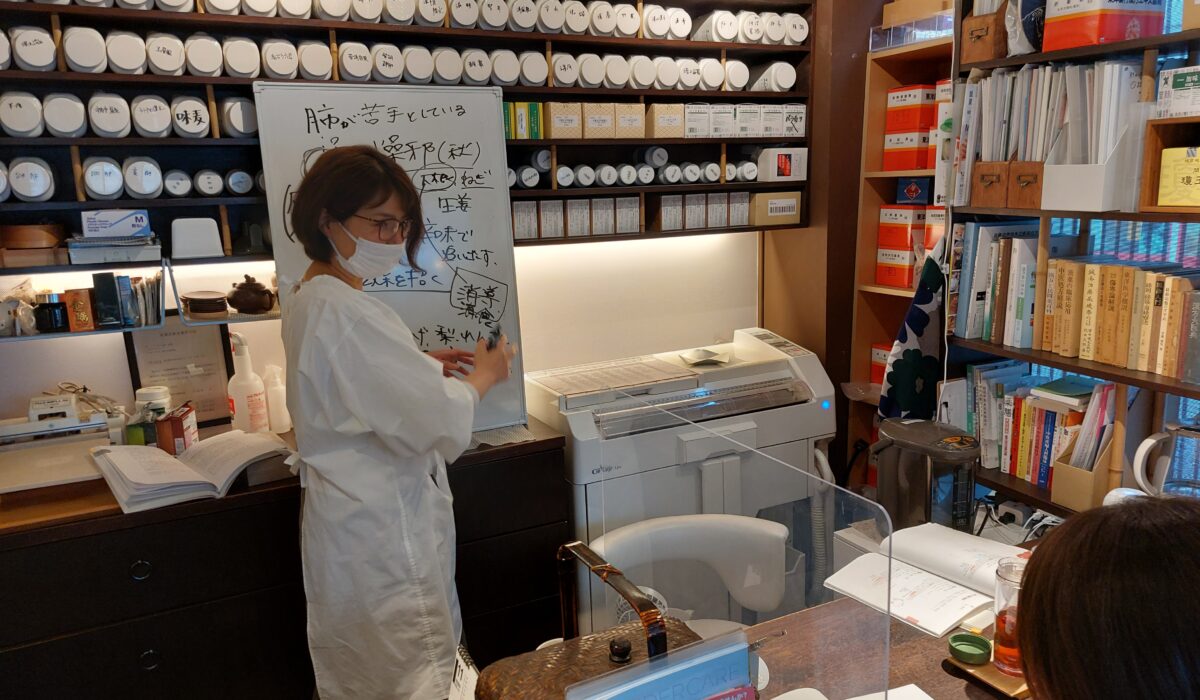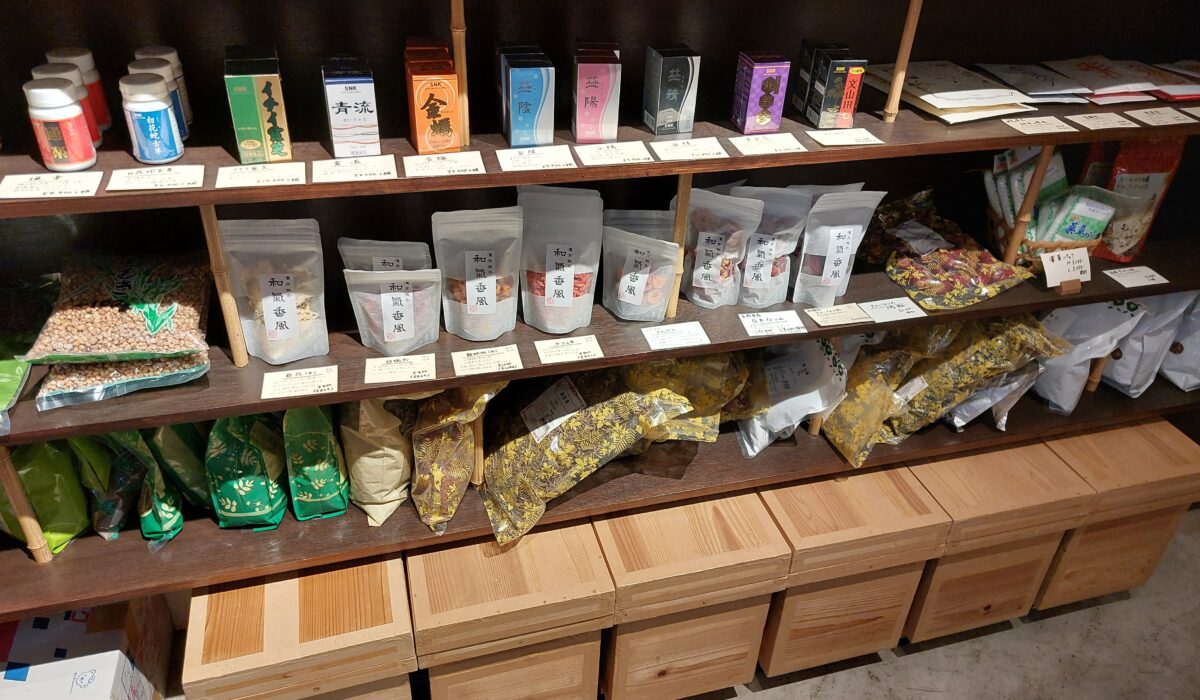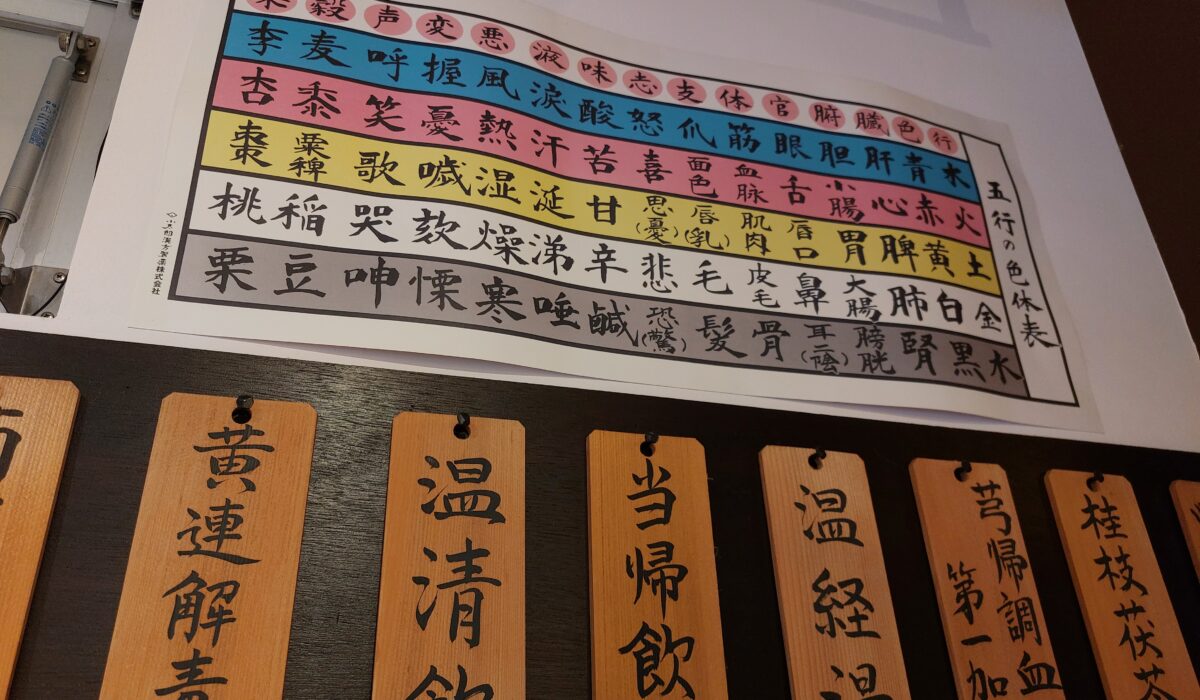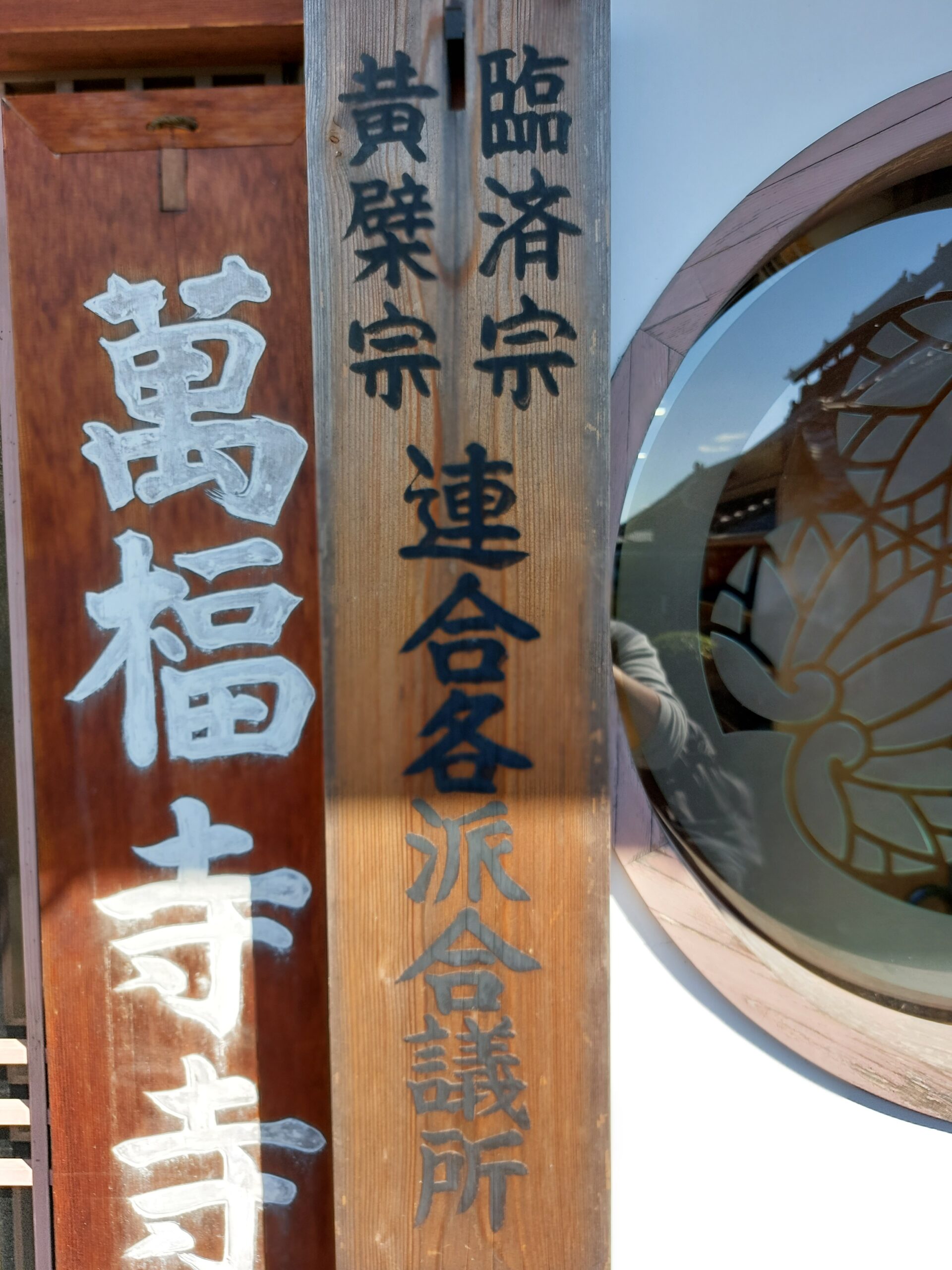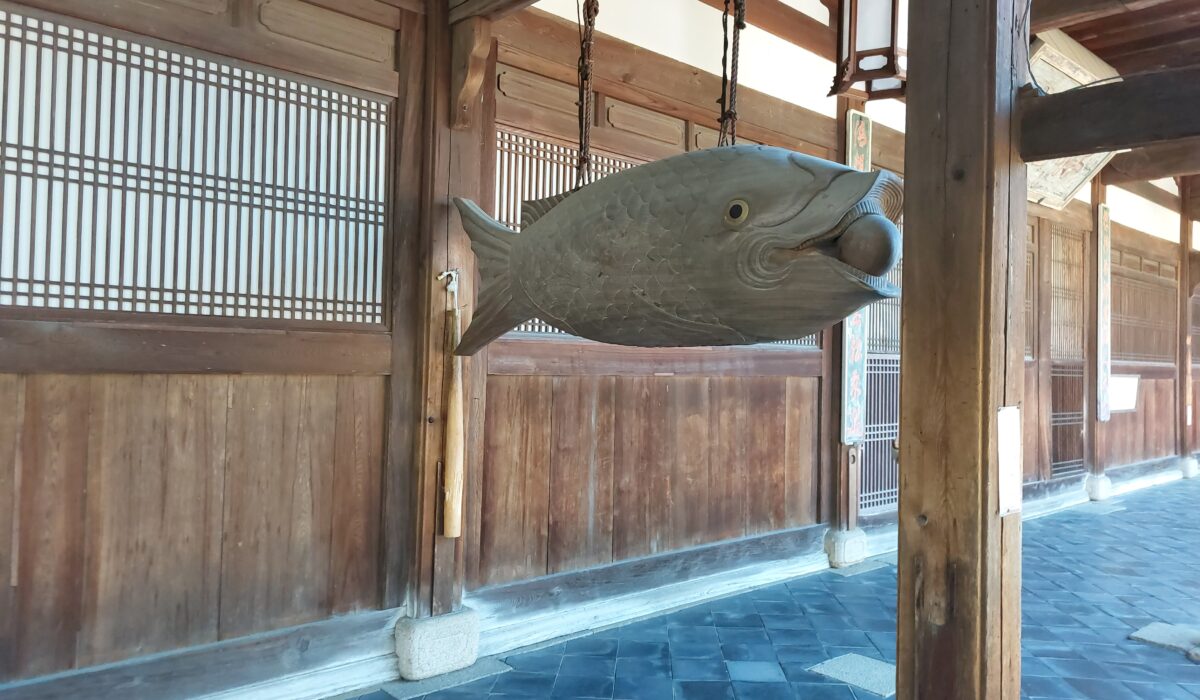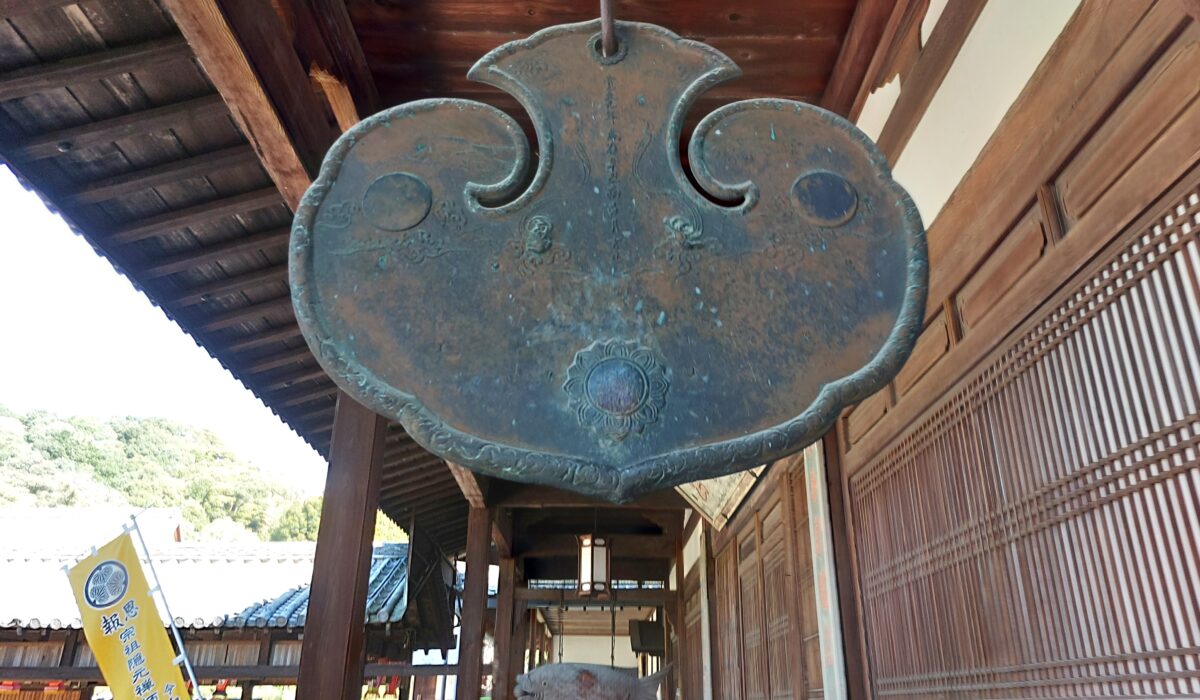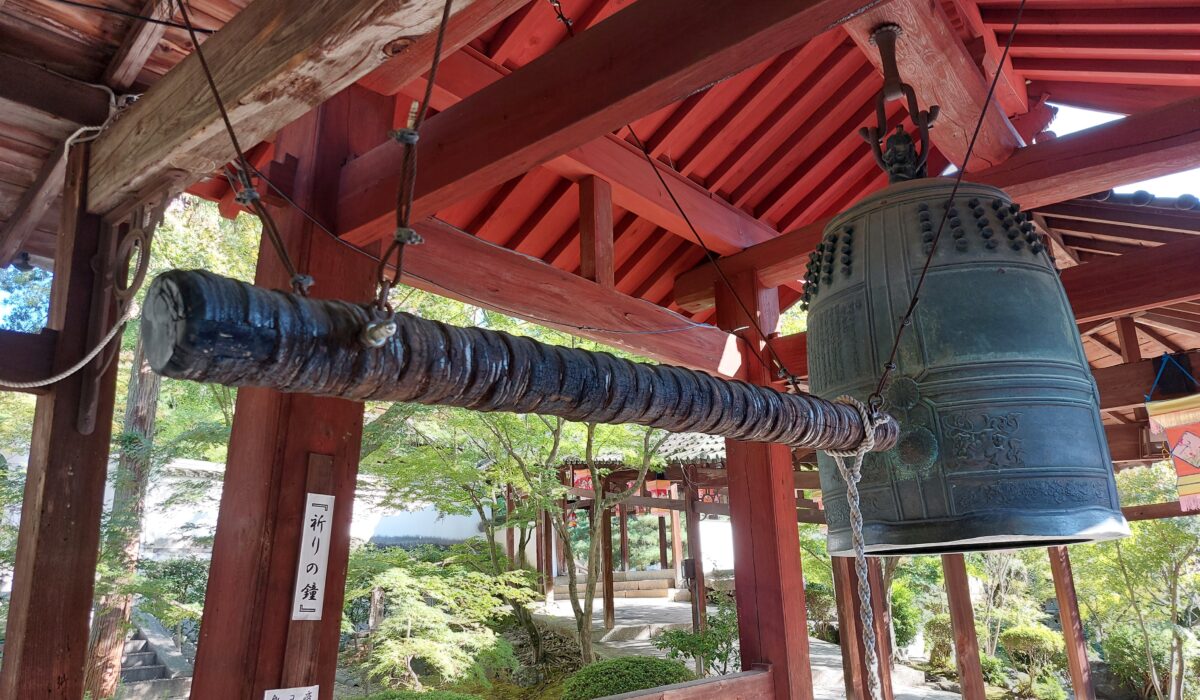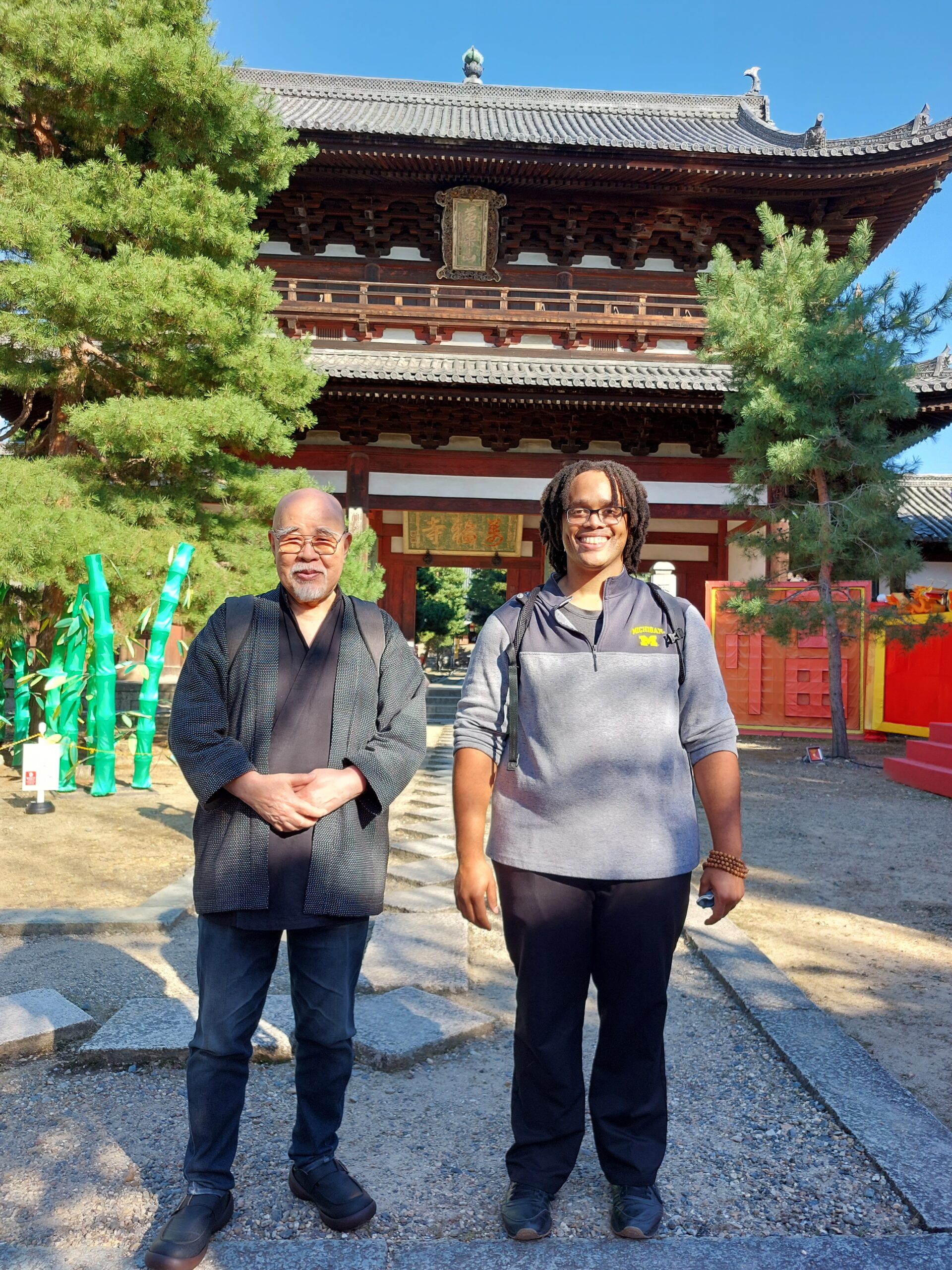It’s been a while! After a long, self-imposed retreat from having an online presence, I’m making a comeback to this blog. I actually wrote this six months ago but alas here it is.
I’ve been working hard these last five years going to the mountains near and far (Japan, Malaysia, and North Carolina) to learn and hone my skills while navigating some personal life transitions. I feel like now is the time to step out and share where I am with everyone.
Learning Classical Chinese medicine has been a life changing endeavor. I started this journey due to insights from my deep research into Usui Shiki Reiki Ryoho. Now in my 4th year of an acupuncture program, I am deeply involved in using practical applications of the healing methods I’ve learned, serving as an intern in the school clinic.
In fall of 2022, I had a chance to further my studies with a trip to Asia. I spent the month of October in Malaysia and Japan. In Malaysia, I met my Daoist teacher and learned about the Daoist roots and early cultural aspects of East Asian medicine. My time included initiation into the Maoshan sect, a visit to a famous Taoist temple, learning specific healing formulas (salves and tinctures coming soon!), and understanding how to work with Daoist talismans.
On a lighter note, I enjoyed the amazing Malaysian food scene with dishes like hot pot, curry, and roti canai – a big heartfelt thank you to my friend Zaimi and his family for welcoming me to Malaysia with such hospitality. And the food! Thank you (Zaimi and Sifu) for all the food! I could start a food blog with all the pics I took.
Later in Japan I visited Tokyo and Kyoto. In Tokyo, I spent valuable time with Hiroshi Yamamoto (Yamamoto Sensei), learning about Traditional Sino-Japanese medical methods like hari (acupuncture), okyu (moxibustion), seitai (body correction), and a unique method of practitioner cultivation called Goshiki baika, a style of kiko (qigong). We spent a brief period on each method allowing me to learn, practice, and most importantly observe.
At the Kakikofu clinic, Hiroshi sensei practices and teaches Sino-Japanese acumoxa and body methods while Kaori sensei practices and teaches Kampo (Sino-Japanese herbal medicine). They also accept trainees from abroad.
Yamamoto Sensei is a very effective clinician and teacher. Since this training, I was able to put these lessons into practice immediately during this year of clinical internship. The results have been nothing short of amazing. The dashino (guide tube ‘hammer’) methods, direct okyu, and seitai methods have worked especially well. There is much to see and many more subtleties to perceive when training with Sensei.
Moving on to Kyoto, I had the opportunity to meet with Hyakuten Inamoto. Together, we visited Manpakuji, the primary temple of the Obaku-zen sect. While there, we asked if there were any records of a man named Usui in their archives. I have many reasons to believe Usui sensei had ties to this temple, but my research during this visit didn’t solidify that connection. I need to improve my language skills before attempting this again.
With all the knowledge and experiences gained, I have found some clarity in my personal and professional path, realizing how much clinical work truly resonates with me and gives me purpose.
I also feel impatient. I want to get out there and start my clinic now! Alas, I cannot place needles until I am licensed. However, I can practice Reiki Ryoho and adjunct therapies. As such, I’ve started subleasing an office space a few days each month. This space is dedicated to seeing patients and providing services that benefit the community.
If you or someone you know is interested in Japanese medicine or would like to try some time-tested natural healing methods, please check out: https://michiganreiki.schedulista.com/
Wishing you all peace, health, and happiness!

